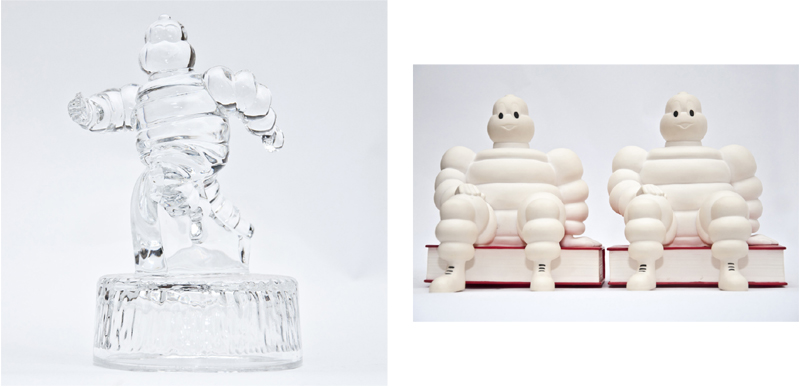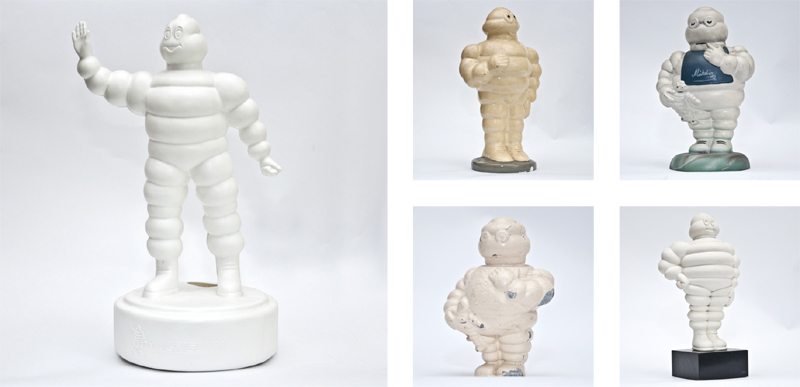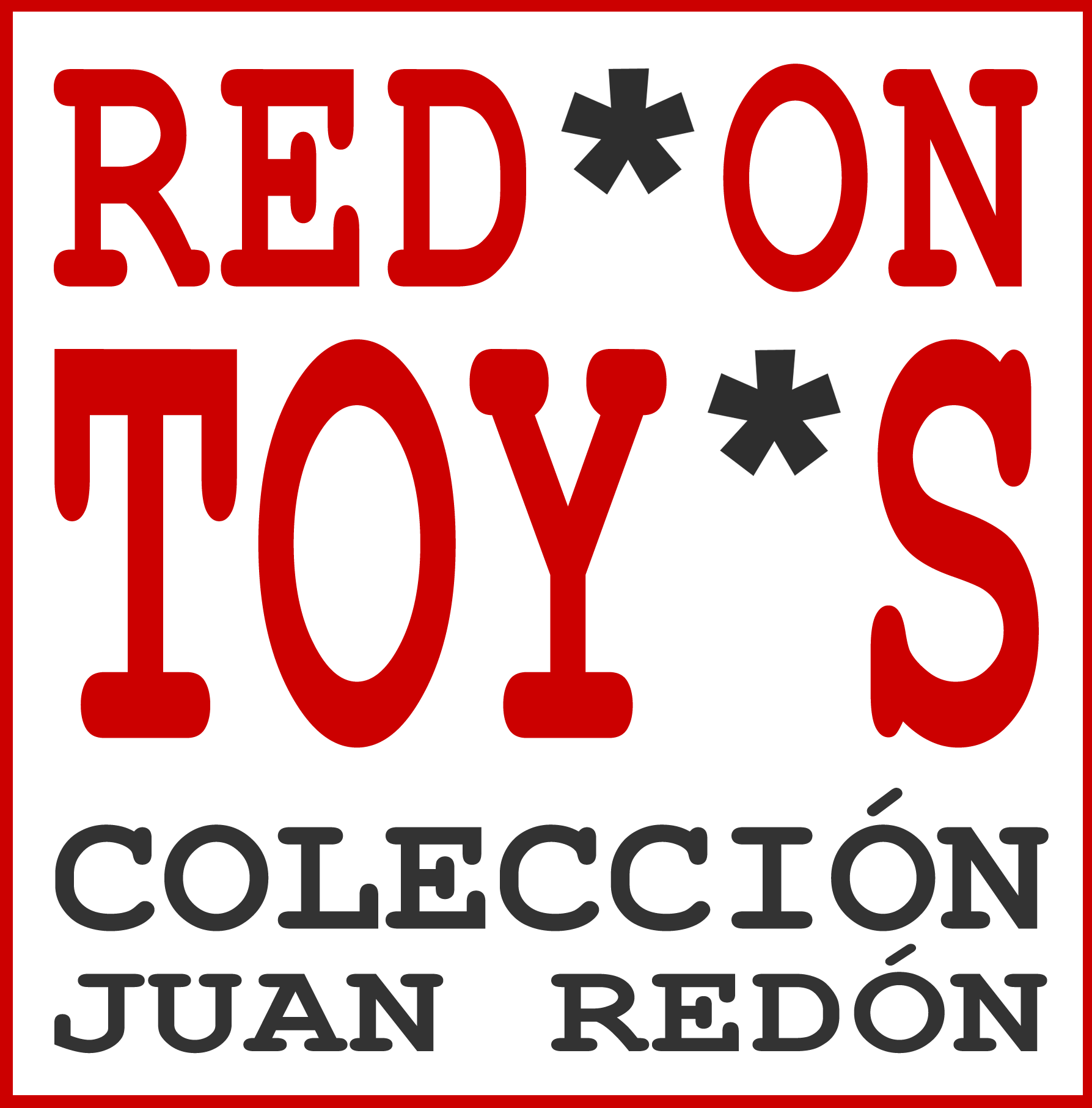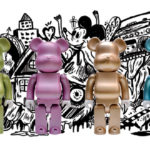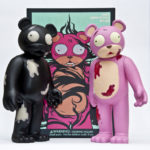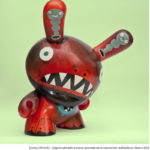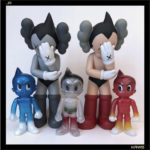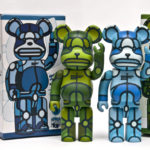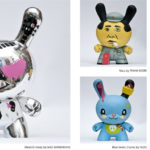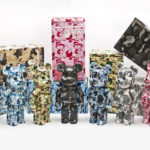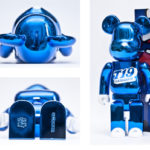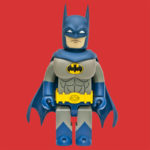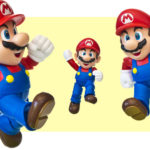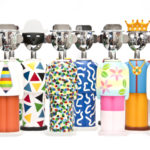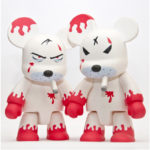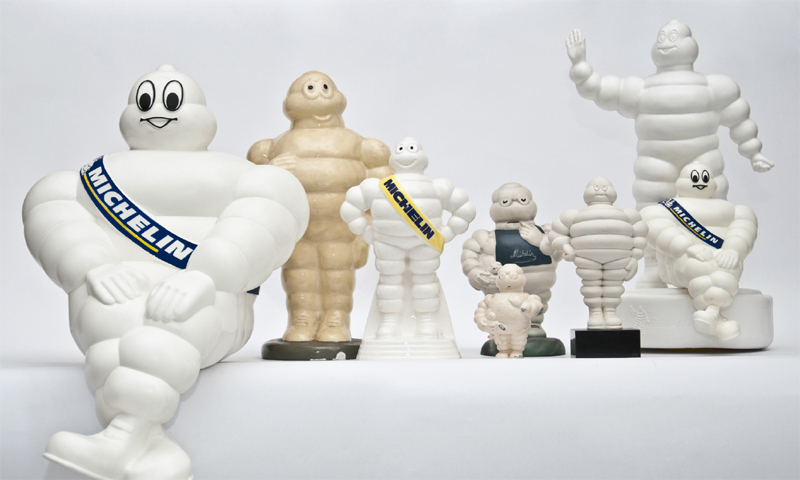
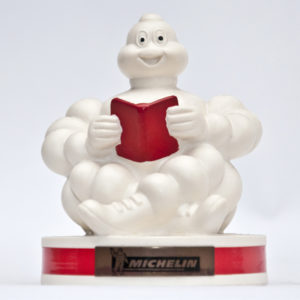
En 1894, la empresa de neumáticos Michelin estuvo presente en la Exposición Universal y colonial de Lyon. Allí se colocó una pila de neumáticos en la entrada del puesto. Después de observarlo, Édouard Michelin le dijo a su hermano André: «¡Mira, con brazos, sería un hombre!» (Regarde, avec des bras, cela ferait un bonhomme!).
Cuatro años más tarde, André conoce al diseñador francés Marius Rossillon, popularmente conocido como O’Galop. Este le mostró un trabajo que había realizado para una cervecería de Múnich (la cual lo rechazó). El cartel muestra un hombre sosteniendo un gran vaso de cerveza bajo la frase «Nunc est Bibendum» (Ahora es el momento de beber). André sugirió a O’Galop que sustituyera al hombre por un individuo hecho de neumáticos. Así nació el famoso personaje representativo de la marca Michelin. Un bosquejo fue lanzado en abril de 1898; una gran figura hecha de neumáticos sostiene un vaso lleno de cristales rotos y clavos. Junto a él vemos a los otros invitados que se «desinflan». Al lema «Nunc est Bibendum», le acompaña un «A su salud» (A votre santé) «Los neumáticos Michelin se tragan los obstáculos» (Le pneu Michelin boit l’obstacle!).
Bibendum, commonly referred to in English as the Michelin Man or Michelin Tyre Man, is the official mascot of the Michelin tire company. Introduced at the Lyon Exhibition of 1894 where the Michelin brothers had a stand,[1] Bibendum is one of the world’s oldest trademarks. The slogan Nunc est bibendum (Drink up) is taken from Horace’s Odes (book I, ode xxxvii, line 1). He is also referred to as Bib or Bibelobis.
Michelin dominated the French tire industry for decades and remains a leading player in the market. It was one of the leading advertisers; to this day its famous guidebooks are widely used by travellers. Bibendum was depicted visually as a lord of industry, a master of all he surveyed, and a patriotic exponent of the French spirit. In the 1920s, Bibendum urged Frenchmen to adopt America’s superior factory system, but to patriotically avoid using the «inferior» products of those factories. As automobiles became available to the middle classes, Michelin advertising likewise shifted downscale, and its restaurant and hotel guides likewise covered a broader range of price categories.
